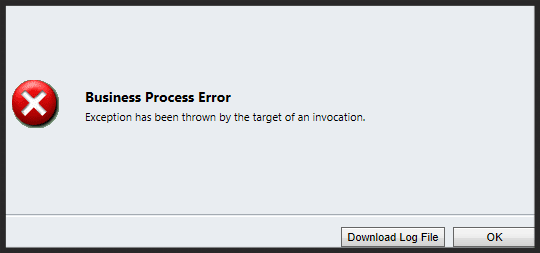Most of our clients at Cobalt use our solutions to run nearly every aspect of their association’s business. Our support team has to field requests on payment processing one minute and then class registrations, membership or certification requirements the next. Cobalt has staff dedicated to answering and investigating client questions and issues and we assist with over a hundred cases that are opened each week.

Sometimes those cases are from users looking to try something new like adding a new test window or dues cycle and so the user has time to craft a request. However, most users contact us when there is an issue with an individual record or even system wide issues that need resolution. When those users contact us we understand that they are already feeling overwhelmed and frustrated. When people feel stressed they don’t always communicate clearly and that’s where a lot of unnecessary time and money gets spent on a support request.
Support may not have all the answers right away.
Often when people contact support they expect an immediate answer no matter what question is asked. In many cases we can provide answers quickly to questions. Most of our cases are resolved within a day of submission, but we don’t know all of the use cases a customer will have. Unique cases may require additional time for research, testing, and possible consulting with others. The important thing for you to know is that we will try to give you ways to work around the issue or keep digging until we find an answer so that you can keep moving forward with your business.
Be specific and include as much information as possible when you submit your support ticket.
It is very important to give as much detail as possible when submitting your case. There can be many causes for even the simplest request. You’d be surprised how quickly time and money can add up when we have to go back and forth to get the details. Taking a couple of minutes to try to answer as many of the following questions as possible when you first submit a request can actually save hours of time on a request as simple as, “my member can’t pay dues”.
- What were you trying to do?
- What record(s) specifically were you working with?
- If all records, you can say all.
- If more than a few you can give us some examples and let us know that there are others.
- If only a few records, give all the records with the issue.
- What went wrong or not as expected?
- When in the process did it go wrong?
- Did you receive an error message?
- What date/time did the issue occur?
- What steps, if any, have you tried already to resolve the issue?
- Which internet browser were you using?
- What is the URL for the record or records with the issue?
- Is there a deadline for this task that we need to be aware of?

Use screenshots and/or screencasts to show the issue.
There are some issues that are difficult to communicate in an e-mail or phone call. If you can record a two minute video or take a picture, that can save a web conference of at least 30 minutes down the line. This is especially useful when you have issues with a process. Knowing what you saw on the last page, seeing the error message, or looking at what you are trying to enter into a record can save us a lot of time replicating an issue. It can also help us see a step you are doing differently that may be causing your issue.
Give the language of the error message and when you saw it.
Along with being specific is giving details about error messages. Screenshots or the exact wording can help us target the cause of an issue.
Noting the date and time can also be very useful as we may be able to use that information to look at other actions in your system at that time.
One caveat is the Business Process Error, that doesn’t tell us much more than it tells you, but if you click the Details button, you can download a PDF that can be copied and pasted or attached to a support ticket and that information is often very useful.

Be patient, but persistent.
We know it’s hard to wait when you have a deadline approaching, a cranky member on the phone, or test applicants breathing down your neck, but sometimes answers can take time. Our goal is to answer all requests as quickly as possible. Sometimes it may not seem that way as it can be difficult to provide an update when we don’t have significant progress to report, but we try. Absolutely ask for updates, provide additional examples, or add new information to cases as they progress.
Conclusion.
Regardless of your reason for contacting support, we’ve found that our most successful cases share the basic traits outlined in this article. These steps can help you in any technical support situation and since our solutions can operate so many aspects of your business, we’ve tried to stay general to help you no matter what question you may have for our team.
